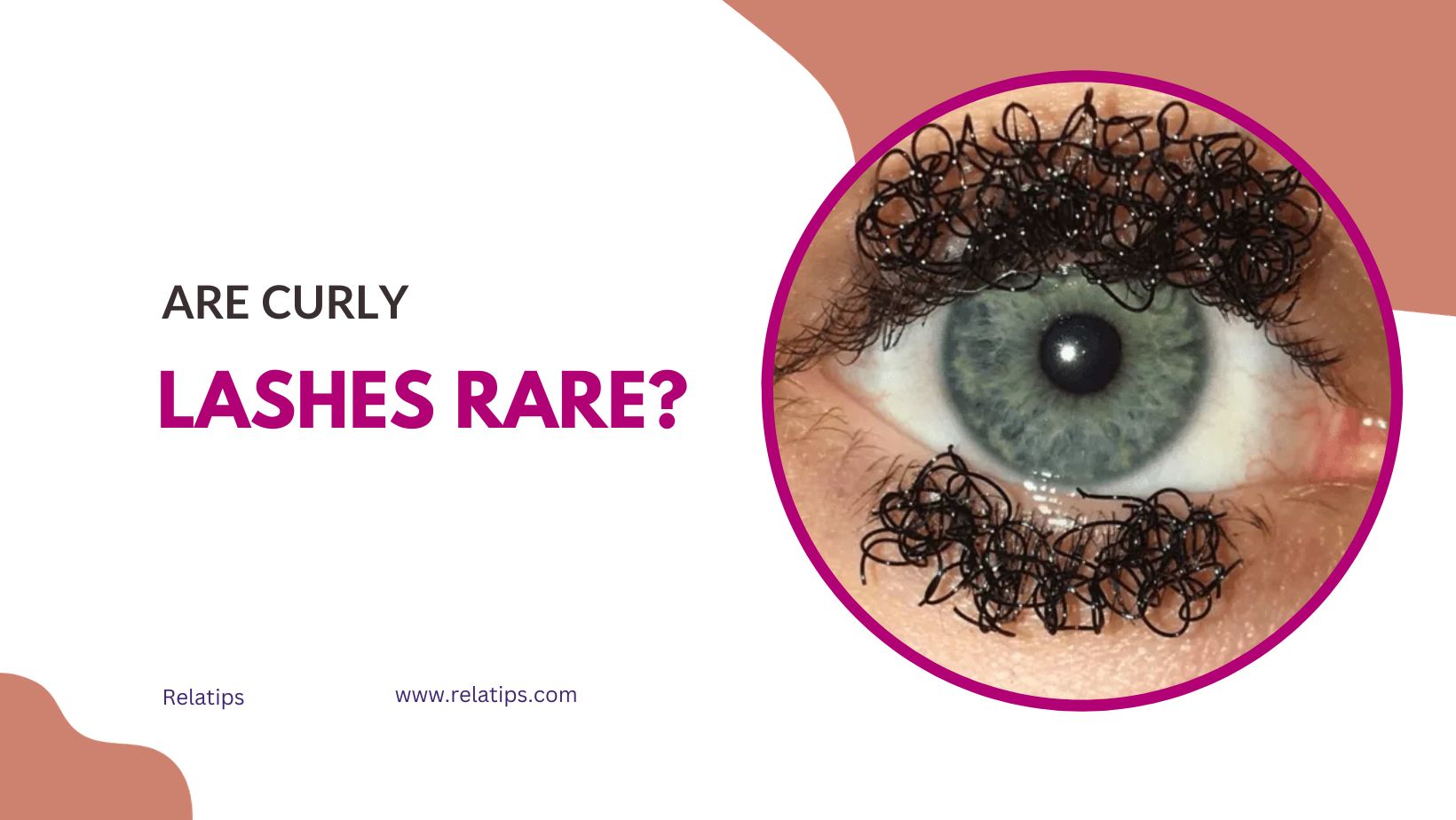How rare are curly lashes? Even though distichiasis (two rows of eyelashes on one lid) is rare, other conditions can affect eyelash length, curliness, pigmentation, or length – including cleft syndromes, congenital syndromes and other conditions.
Knowledge of various lash curls is vital for lash technicians, in order to help clients select their perfect look. Before offering advice or suggestions to their clientele, however, lash technicians should first seek permission.
Curls are a Natural Part of Eyelashes
Curls are an integral part of eyelashes, helping your eyes appear fuller and bigger. But not all eyelashes naturally curl; those with straight or fine lashes often use eyelash curlers for dramatic effect. Though curling may seem straightforward at first, mastering it takes practice, patience, and some assistance from professionals when first beginning out.
Selecting an ideal curl type depends on your client’s eye shape and growth patterns for their lash lines. B curls may work best for those with downward-facing lashes as they provide lift that opens up their eyes; however, these could be too heavy or incongruent with mono-lid eye shapes and may not look natural on them.
C and CC curls are ideal for clients seeking an eyelash look with full, wispy volume that echoes mink eyelashes, such as upward-facing lashes or those wearing glasses. Though not as dramatic, these eyelashes still add extra volume with each curl.
Curly lashes add an irresistibly flirty flair to any look and are ideal for accentuating all eye colors. Wear them alone for a classic red carpet aesthetic or pair them with other types for an eclectic ensemble.
They are a Sign of Health
Your long, curly eyelashes indicate good health. Curling indicates healthy eyelash follicles which contribute to the look of your eyes. To keep them looking their best, it’s essential that they’re properly cared for; use a cleanser when washing them and apply coconut oil regularly as well as brush them daily with either a mascara wand or cotton swab to achieve this look.
People’s natural eyelashes tend to be straight, but those born with certain congenital syndromes may have longer, curlier or extra-long eyelashes. Cornelia de Lange syndrome and Oliver-McFarlane syndrome both result in extremely long eyelashes; often with other symptoms present. Gillian Criminisi from Canada holds the world record for longest eyelashes – she actually boasts two rows in each lid which is rare to see otherwise.
When selecting curl types for lash extensions, your decision should depend on what look your client desires. For instance, clients with round eyes should avoid opting for those that cause their eyes to appear permanently startled and instead go with B or C curls, which offer a balanced approach and are suitable for most eye shapes.
They are a Sign of Beauty
Curly eyelashes are an iconic sign of beauty and can add drama to the eyes, yet their complexity can present an artist with challenges. Luckily, there are various strategies for dealing with curly lashes; using waterproof mascara and practicing isolation and strategic placement are among the many tips and tricks for dealing with them successfully. No matter the level of experience of lash artist you may be, there’s always a way to master curls for all kinds of clients!
Use of a spoon can be an effective method for keeping eyelashes in their place and looking their best. While this might feel awkward at first, just hold it against your lids with its curve against them before applying pressure onto eyelashes with pressure from spoon. It will do just fine! This strategy will ensure maximum usage from lash extensions while keeping them looking their best!
There are a wide variety of curl types to choose from, each offering their own set of advantages. J and JC curls are great options for clients with hooded eyes or straight lashes; D and L curls create drama by lifting and spreading out lashes; C and CC are popular options for natural-looking lashes.
They are a Sign of Genetics
One of the more surprising characteristics of eyelashes is their wide variation in length, shape, and curliness based on genetics; some people can have extremely long or short eyelashes depending on who their parent(s) were; this phenomenon makes women with longer lashes often considered more desirable; though their attractiveness typically decreases over time.
FGF5 is the gene that determines eyelash curvature. This protein forms part of a signaling pathway which regulates hair growth and thickness. If FGF5 mutations cause longer and curvier eyelashes with decreased pigment, as well as whitened eyelashes (known as Trichomegaly) this condition may occur either genetically or due to certain medications used to treat glaucoma such as Latanoprost topical medication used topically for treating eye conditions like Glaucoma.
Trichomegaly is not contagious and occurs when your eyelash grows on a thin ledge of skin near the eyeball, potentially causing irritation, increased frequency of tear production and possible vision loss. Lashes may rub against your cornea which could be harmful; fortunately though trichomegaly doesn’t pose serious threats and can usually be treated effectively with eyedrops or an ointment.

